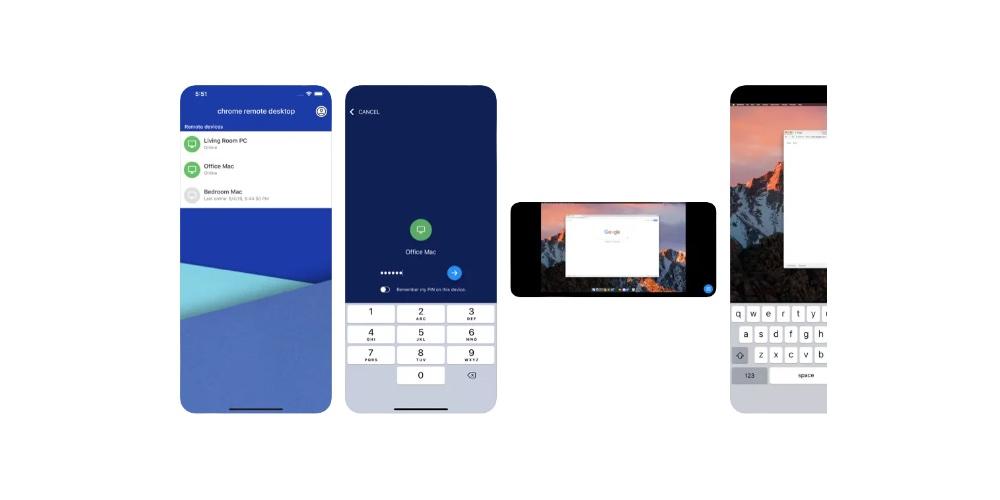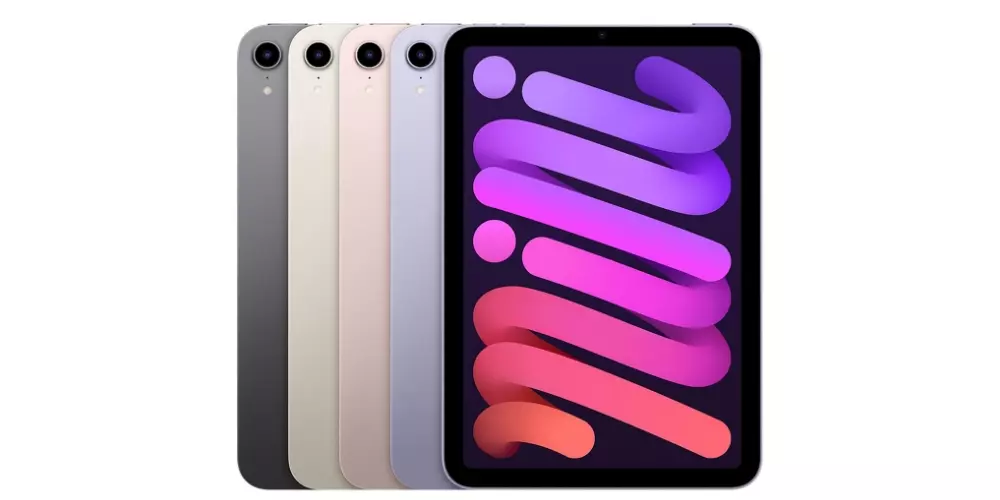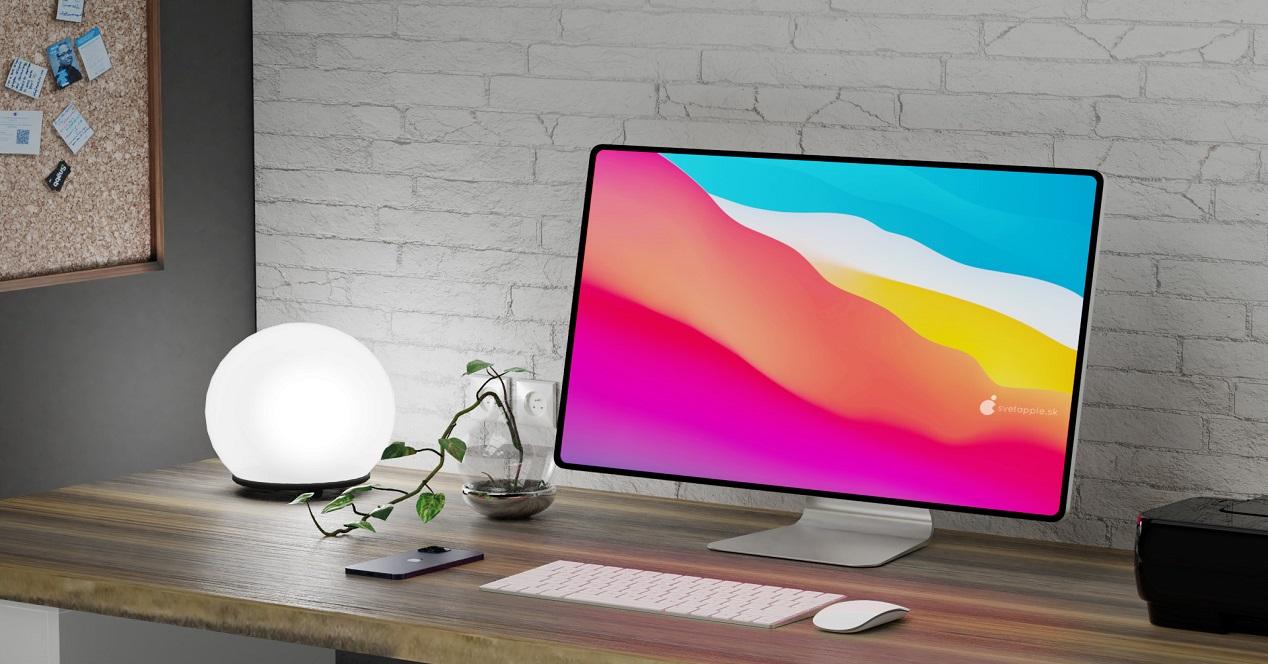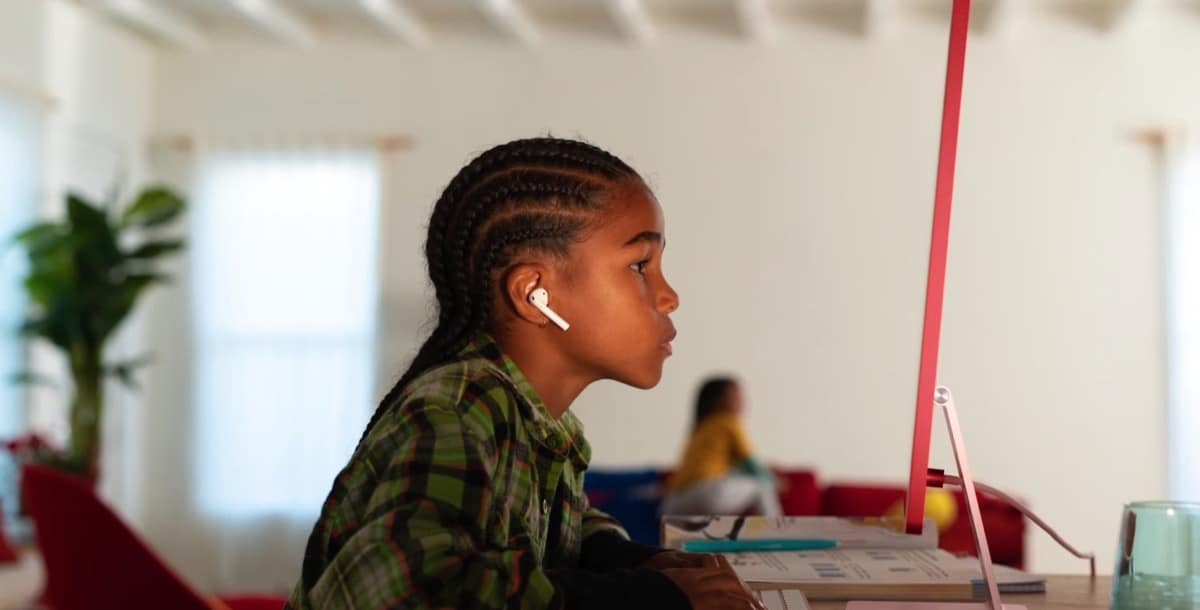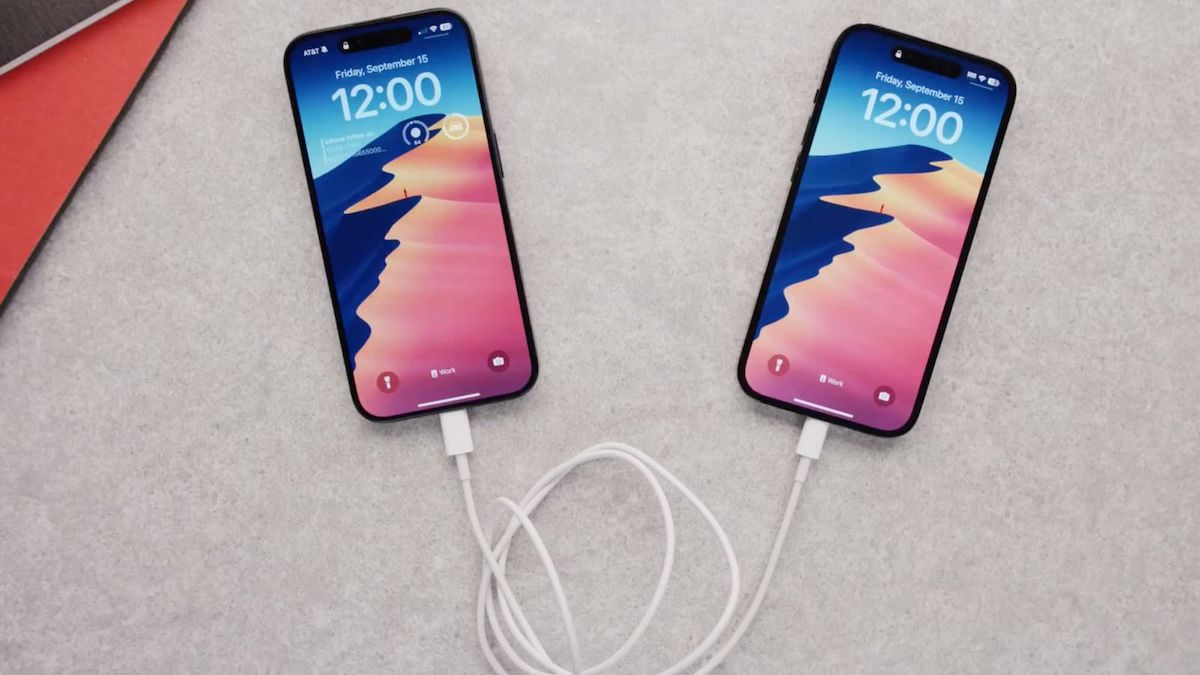

Apple’s iPhone 15 and iPhone 15 Pro models use a new USB-C port instead of a Lightning port that it had been using for so many years, for charging and data transfer purposes. The new port allows iPhones to charge a wide range of USB-C devices, including another iPhone.
What is known as reverse charging. The famous YouTuber Marques Brownlee demonstrated how he could connect a Lightning-based iPhone to an iPhone 15 USB-C with a USB-C to Lightning cable and allows us to iPhone 15 will provide power to the older iPhone.
I leave you the tweet below:
Have you ever wondered what happened when you plugged random things into the iPhone 15’s new USB port? Well wonder no more
Full iPhone 15/15 Pro Unboxing and first looks is now live: https://t.co/Q5loMQGoh1 pic.twitter.com/TUGh7jlg08
—Marques Brownlee (@MKBHD) September 19, 2023
Have you ever wondered what happens when you plug random things into the iPhone 15’s new USB port? Well, don’t wonder anymore.
When you connect an iPhone Lightning to an iPhone 15, the iPhone 15 will always provide power to the iPhone Lightning, even if the iPhone 15’s battery is lower.
If you connect an iPhone 15 to another iPhone 15, the two devices communicate with each other, and determine which iPhone has the lowest battery and transfer power to the iPhone with less battery of the two. So if you have a low battery and a friend with an iPhone 15 has a full battery, you can connect your iPhone to your friend’s iPhone and give yours a little charge.
With a USB-C Android phone, if the Android device has USB Power Delivery support and is connected to an iPhone with a lower battery level, the Android device will be able to provide power to our device. If the Android phone does not have USB PD, the result is a mystery and there is no way to predict which phone will be the one charging and which will be the one receiving the charge.
Different ways to use the new USB-C port on the iPhone 15
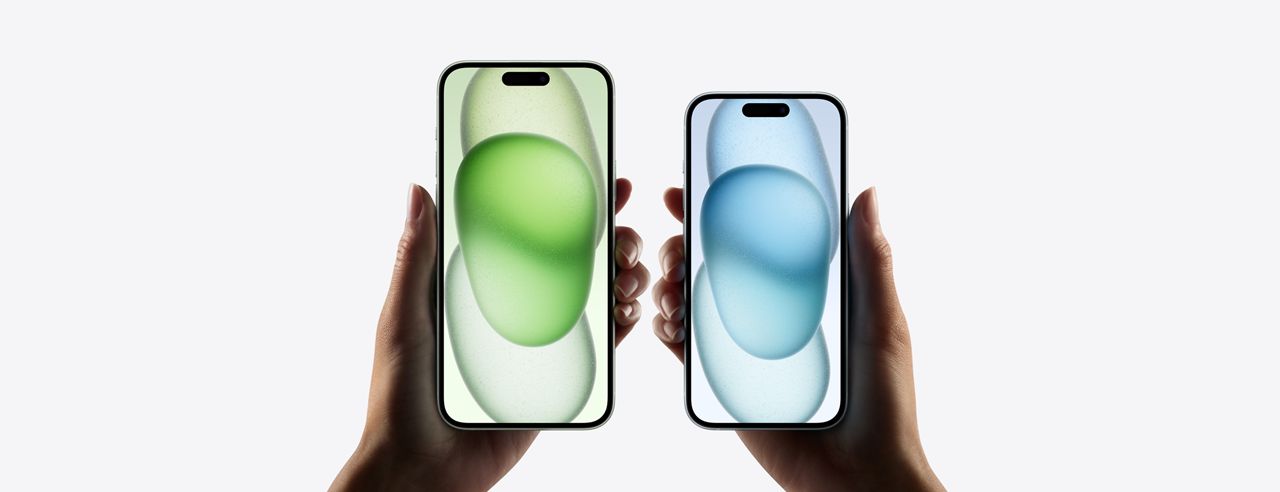
The iPhone 15’s USB-C port can be used to charge an Apple Watch or the AirPods Pro 2 with USB-C charging case using a USB-C to USB-C cable, and it should also be able to work with most other devices that use a USB-C port.
Unfortunately, when charging another device with an iPhone 15, charging is limited to just 4.5W. That’s fine for small devices like the Apple Watch, but it’s not going to provide much power for an iPhone. So if that is your intention, you should know that the charging speed is quite slow, and you will have to take a long time if you want to significantly charge your iPhone using this new method.
USB-C iPads have been able to do this trick for years.
What is reverse charging?
Reverse charging is not new. In fact, It is extremely common and normal, whether you use a Mac or a PC. You have been able to charge phones, headphones and more devices or accessories, just by connecting them to a USB port on your computer. That goes for both the old USB-A ports and the new high-power USB-C ports.
And did you know that you can now charge peripherals from a USB-C iPad? You can charge AirPods and even your iPhone. This is all thanks to USB-C, which is much more capable than Lightning.
USB-C can support up to 240W of charging power, while Lightning is limited to 25W. This means that USB-C can charge larger devices like laptops and tablets much faster than Lightning, over time.
Reverse charging from iPhone is really a great trick to use in case of emergency. All batteries lose capacity the more charging cycles they perform. So you should not abuse this new function either. You can read the article I did on charging cycles if you have questions about the subject.
Reverse charging drains iPhone battery
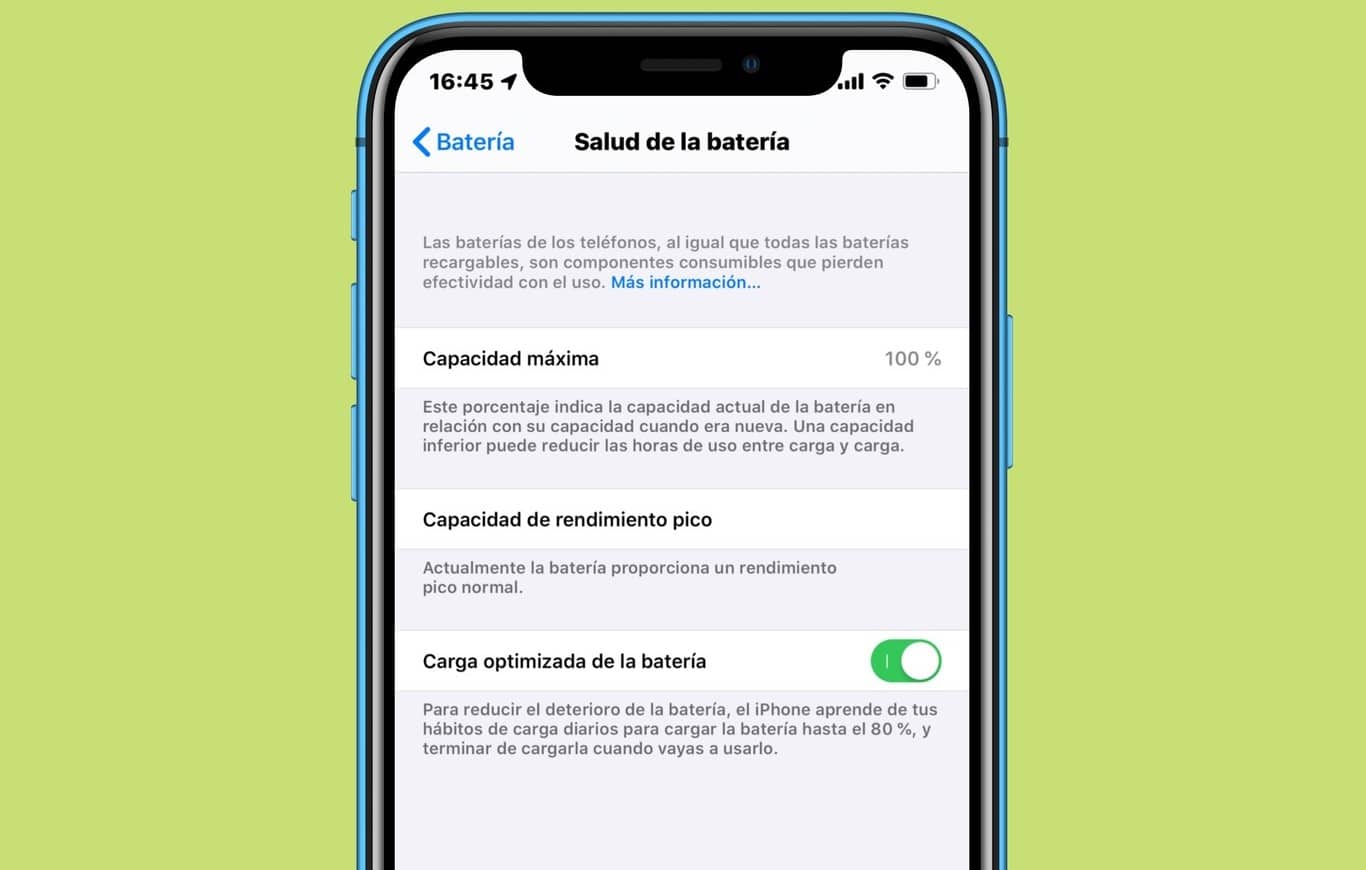
Since the process involves the transfer of energy from one device to another, the iPhone that gives up its battery will run out sooner. This new function is very useful, but we must be aware that its use should always be the last option we use.
It will be good to give our headphones a quick charge, if just when we enter the gym we find that they are almost exhausted, and they won’t last the entire workout.
Conclusion
Charging one iPhone with another would have been more convenient if Apple had enabled or allowed the reverse wireless charging component. But Apple has not yet revealed any official statement regarding this feature. Charging AirPods and Apple Watch from your iPhone is useful to some extent, however, I don’t think it’s as useful as many might think. Charging devices from your iPhone drains your phone’s battery quickly, and ultimately carrying cables from different devices is cumbersome. It will be helpful in a pinch, but it’s not a long-term solution.
